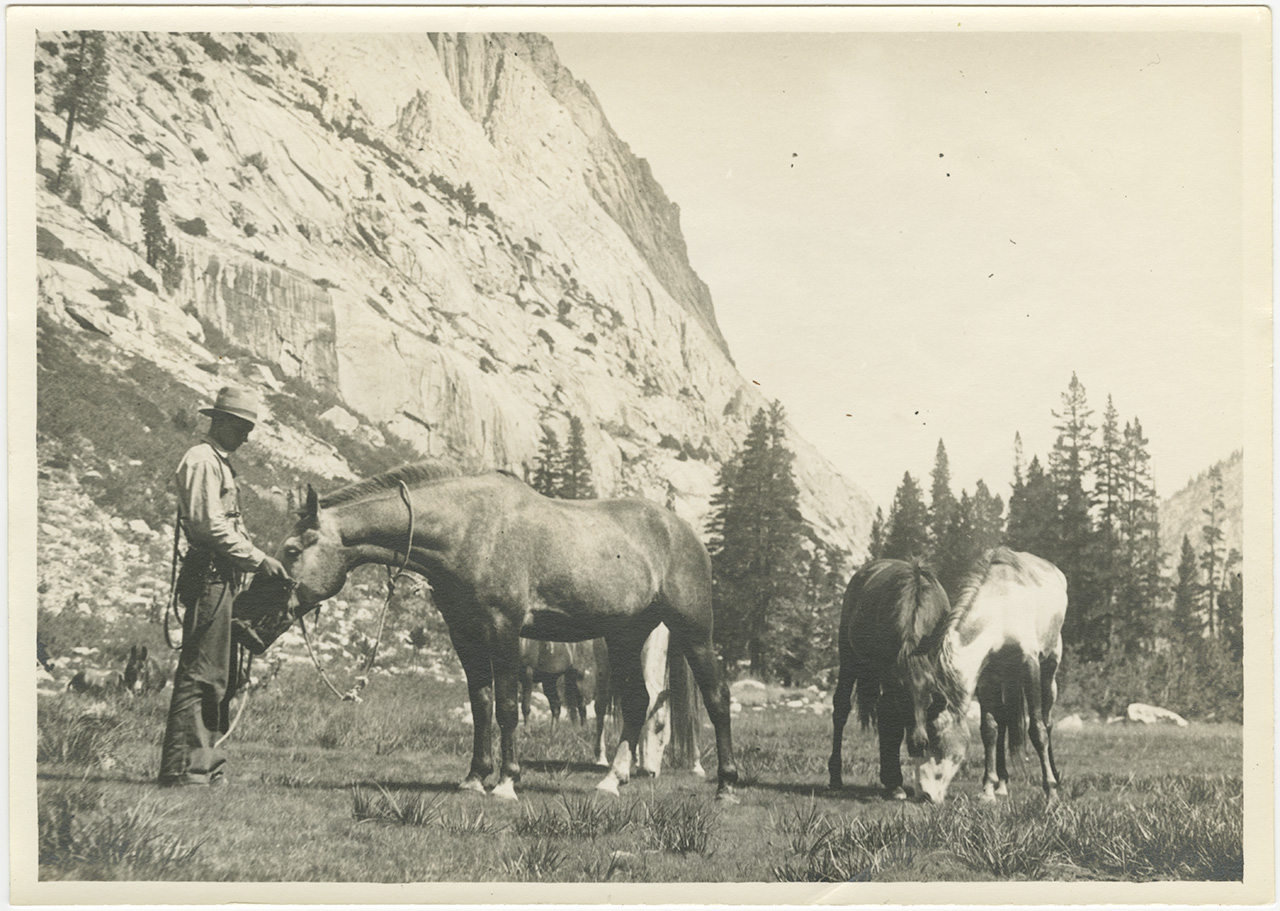Mary Langworthy, the community coordinator at the Moab Museum, thinks the story of Everett Ruess will strike a particular chord with Moabites young and old. “Ruess, a young artist and writer, roamed the desert wilds of the Southwest until his mysterious and unsolved disappearance in 1934, at the young age of twenty,” the exhibit announcement notes.
The story of this mysterious young man’s life, told in part through the artistic works he created, is on display as a Utah Department of Arts & Museums traveling exhibit, visiting the Moab Museum from Nov. 11 through February.
“It’s a really fun, colorful, vibrant story that’s captivated a lot of people’s imagination over the years,” Langworthy said. “This young desert vagabond has inspired Edward Abbey—he’s a part of Utah’s history, and has inspired wanderers, writers, and artists far beyond just our region.”

Starting in 1931, Ruess began exploring the Colorado Plateau desert, and in 1934—the year of his death—he set out on his own in Utah. Ruess documented his desert adventures—his interactions with both people and landscapes—through writing and block printing, the process of printing images with engraved wooden blocks. The exhibit includes prints from the last five years of his life, ages fifteen to twenty, which show an evolution in his work.
“I’m jazzed to have the exhibit over the winter because at least for me, winter is this hunker-down, craft- and creative-time,” Langworthy said. “… We want to create a few different programs to foster creativity, reflection, correspondence, and art, in the spirit of Everett Ruess.”
In addition to the exhibit display, the museum will host block printing workshops every Tuesday from now until Dec. 13: Visitors to the museum will be able to use historic typesetting materials from the Moab Times-Independent printing press to create postcards and letters.

Langworthy said she’s also working on a printmaking class and writer’s workshop to further get the community involved with the exhibit.
“I think everyone visiting this region or living in this region who has experienced that sense of wonder and starry-eyed joy about this landscape can find connection in Ruess’s prints and words,” Langworthy said. “He wrote really joyful, inspired letters and correspondence and poetry about his time traveling through this region. A lot of his quotes feel really salient and relevant to the people that love this place today, and they feel really timeless.”
Scan-a-thon
Another program taking place at the Moab Museum in November is the “scan-a-thon,” during which community members are invited to digitize their family photographs or documents using the museum’s scanning equipment. Community institutions are invited as well: In October, the Moab Fire Department used the equipment to digitize over 3,000 photos and slides for their records, and the museum is currently working with the Moab Valley Multicultural Center to scan its records of student artwork.
Digital scans, if participants so choose, can also be donated back to the museum as part of its ongoing collection of community history, which will be displayed as an exhibit in 2023.
“The collection that we have at the museum has been built over the years essentially by community members—through donations, through gifts, through small bits of information from the people who have lived in Moab and called it home,” said Diego Velasquez, the marketing and membership officer at the museum. “But that said, there’s a lot of community history that we don’t have and we don’t know … This is an opportunity to bring people into the museum, collect those family stories and paint a picture of Moab for the people who live here now and for the people who will inhabit it in the future.”
Any and all photos will be accepted for donation, Velasquez said: Photos don’t have to be a certain age or portray a certain thing to be accepted.
“We’re creating a living history of the area, and so what that really comes down to is collecting images and objects from any point in the past,” he said. “To see the area change over time, that involves recent photos too.”
Scanning is open Tuesday-Saturday from 10 a.m. to 4 p.m. throughout the month of November. To reserve a scanning station, contact the museum at info@moabmuseum.org or at 435-259-7985. If you’d like, digital scans can also be donated to the museum.




